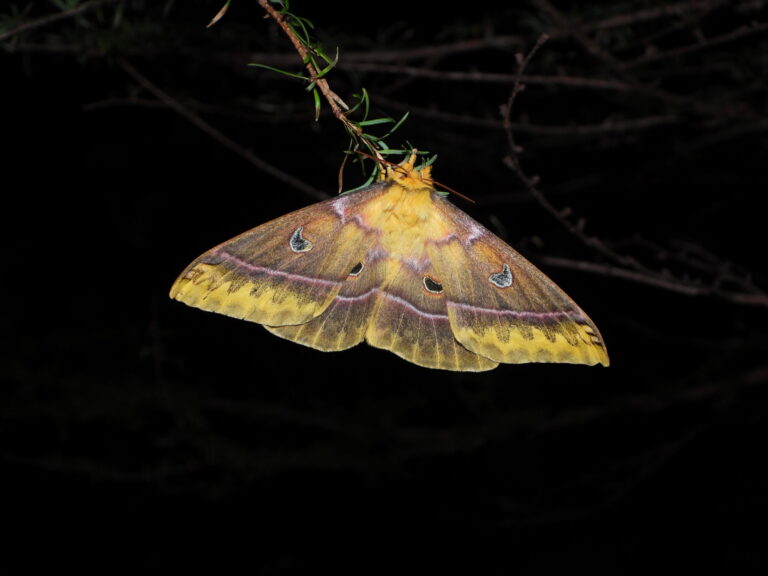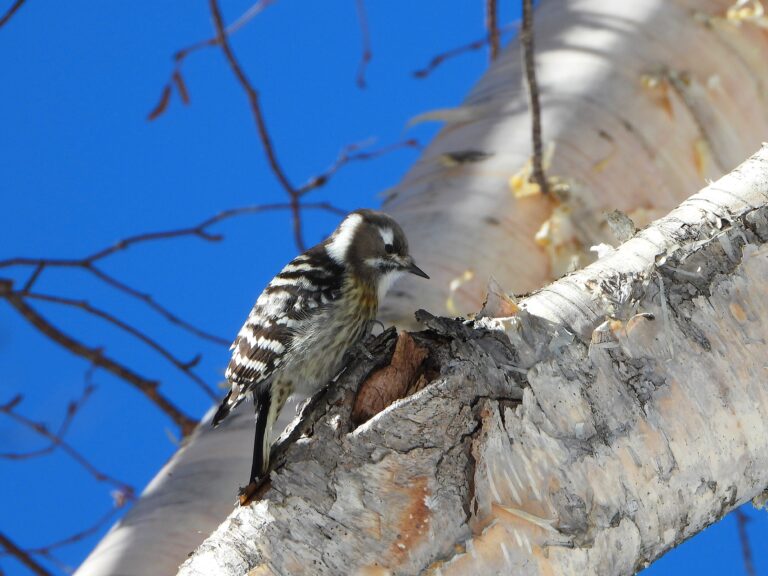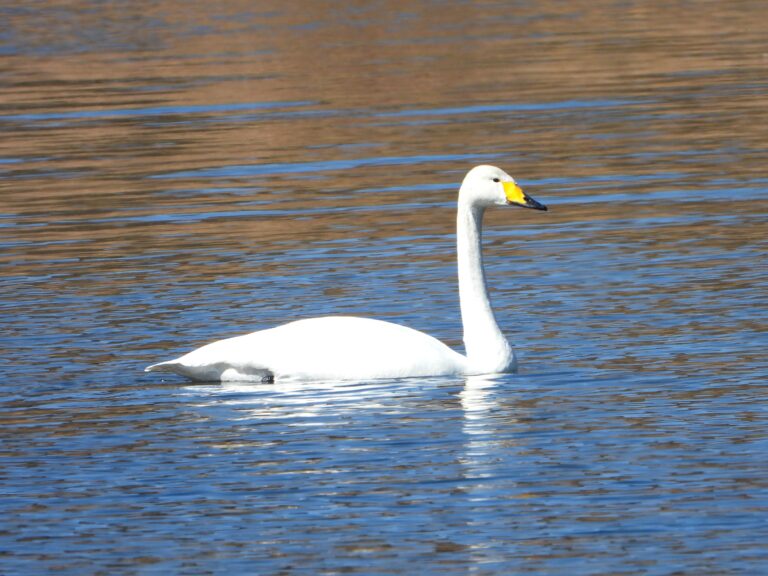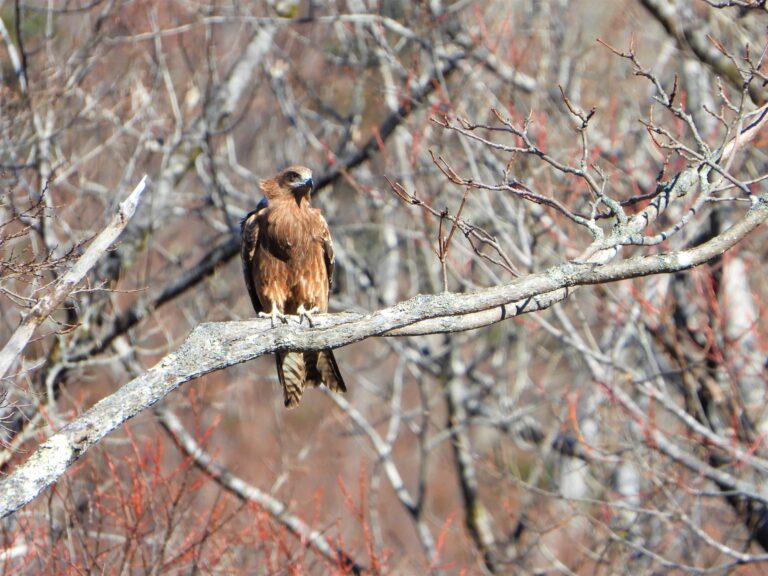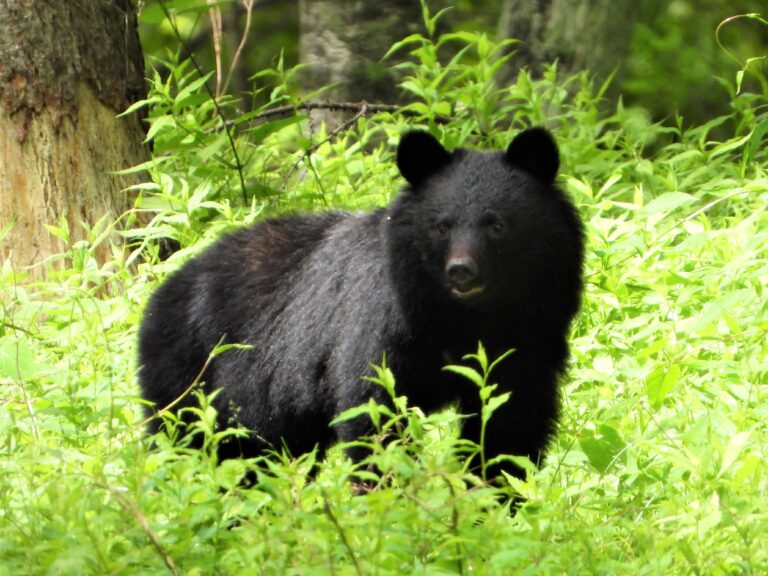Amami Island Snakes – The Complete Guide to Japan’s Venomous & Rare Species
Introduction
Hidden deep in Japan’s tropical south, Amami Ōshima is a paradise for wildlife lovers—and home to some of the most extraordinary snakes in Asia.
From deadly vipers lurking in the forest to shimmering blue serpents and the elusive Japanese Coral Snake, this island hosts a lineup found nowhere else on Earth.
This complete guide introduces all eight species that define the mysterious reptile world of Amami Island.
Habu (Protobothrops flavoviridis)
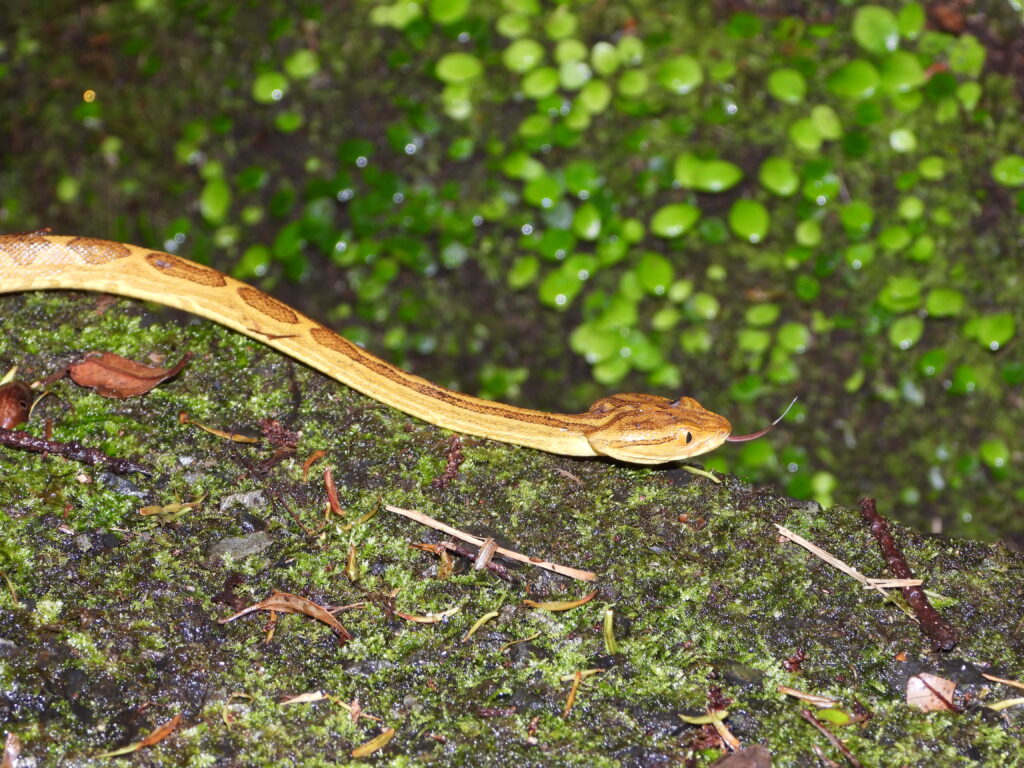
The island’s most notorious serpent. A large, venomous pit viper reaching up to two meters, active mainly at night. It preys on small mammals, birds, and frogs, serving as a top predator in Amami’s ecosystem.
Read the full profile →
Okinawa Pit Viper (Ovophis okinavensis)

A smaller forest viper found near streams and leaf litter. Venomous but shy, it prefers camouflage to confrontation.
Read the full profile →
Loo-choo Big-tooth Snake (Dinodon semicarinatus)

A non-venomous constrictor that feeds on other reptiles, including snakes. Often active after rain along forest roads and trails.
Read the full profile →
Ryukyu Green Snake (Cyclophiops semicarinatus)
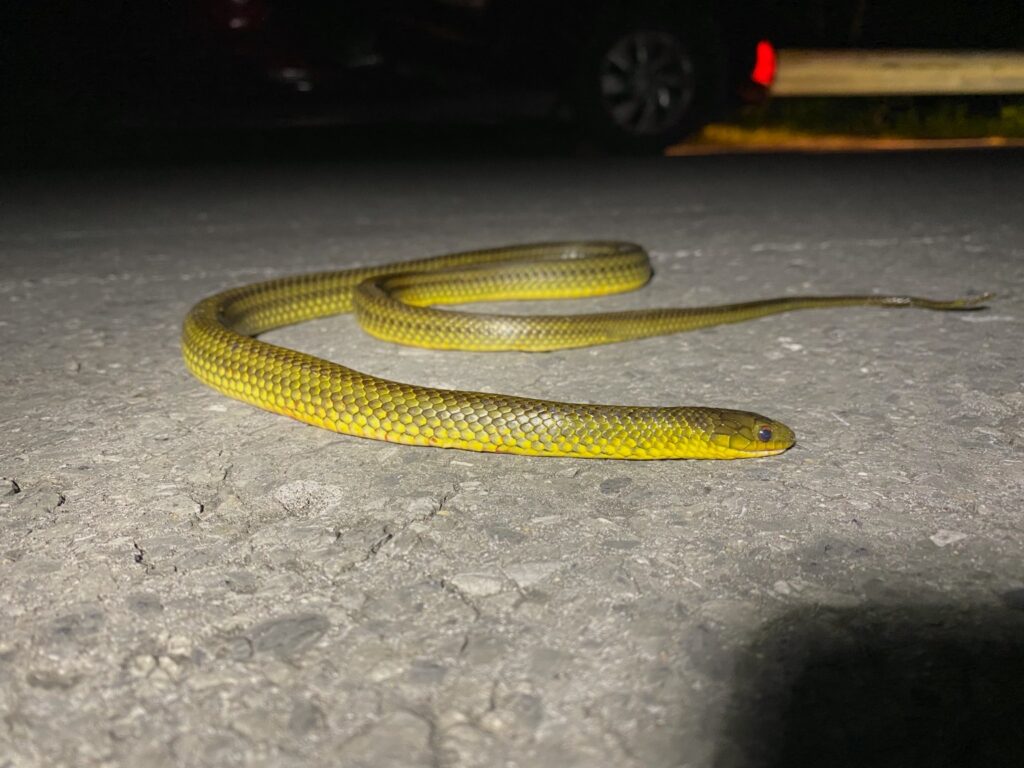
A striking blue-green snake inhabiting humid evergreen forests. Gentle and non-venomous, it mainly feeds on earthworms and sometimes small frogs or lizards.
Read the full profile →
Okinawa Keelback (Hebius ishigakiense)
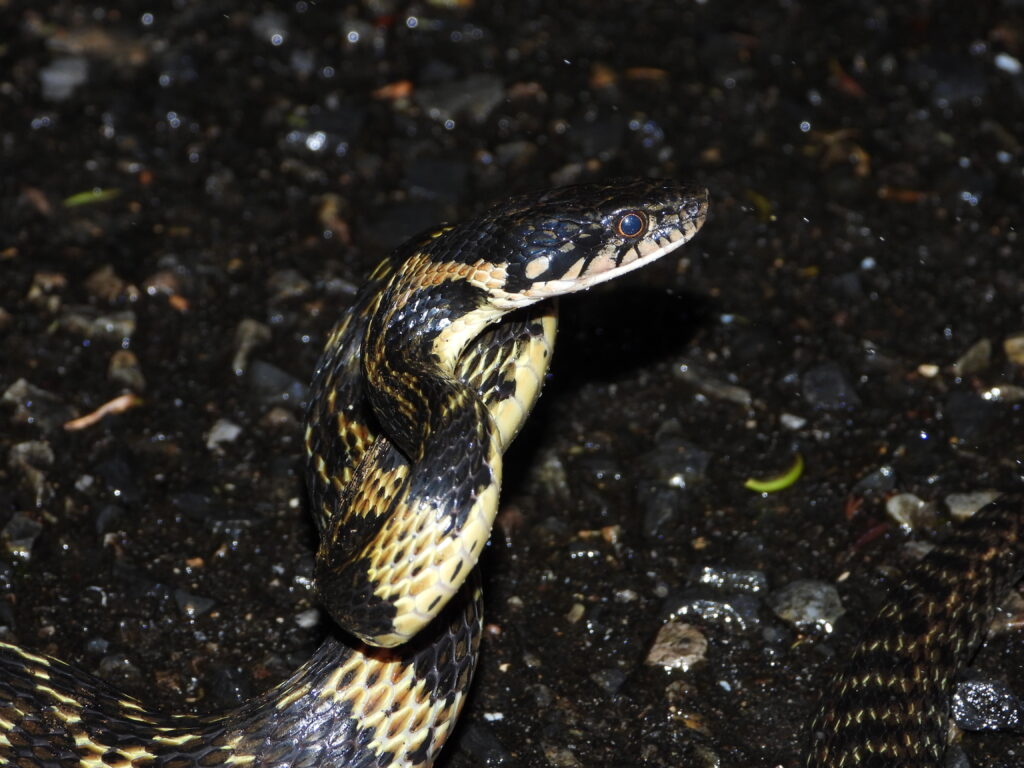
A semi-aquatic species found near clear mountain streams. It preys on frogs and tadpoles and moves gracefully in the water.
Read the full profile →
Amami Odd-scaled Snake (Achalinus werneri)

An Amami endemic with matte, overlapping scales that give it a primitive look. Mostly nocturnal and secretive, feeding mainly on earthworms.
Read the full profile →
Japanese Coral Snake (Sinomicrurus japonicus)
The phantom snake of Amami—an exceptionally rare, vividly banded species belonging to the cobra family. Its potent venom and secretive behavior make it one of Japan’s most fascinating reptiles. Meeting one in the wild is a truly special encounter.
Brahminy Blindsnake (Indotyphlops braminus)
A tiny, worm-like burrower often transported in soil. Entirely female and reproducing by parthenogenesis, it spends its life underground.
Conservation
Amami’s snakes face threats from roadkill, habitat loss, and invasive species. Conservation programs to restore native forests and remove mongooses have made progress, but awareness is still crucial. Snakes are not monsters—they are essential to the island’s natural balance.
Author’s Impression
During a late-night survey, I saw a Ryukyu Blue Snake gliding across a mountain road. Its calm presence under the headlights reminded me how alive and delicate Amami’s forests truly are. When exploring these islands, slow down and look closely—you might just glimpse a secret world few ever see.


